What's driving the Jets? How much do refs make? Is fighting relevant?
Welcome to the second edition of NHL Inbox - a forum in which readers can ask me anything hockey-related, and I try my best to deliver an insightful answer. Thanks to the 70-plus people who've submitted questions thus far.
Note: The questions below have been lightly edited for clarity and brevity.
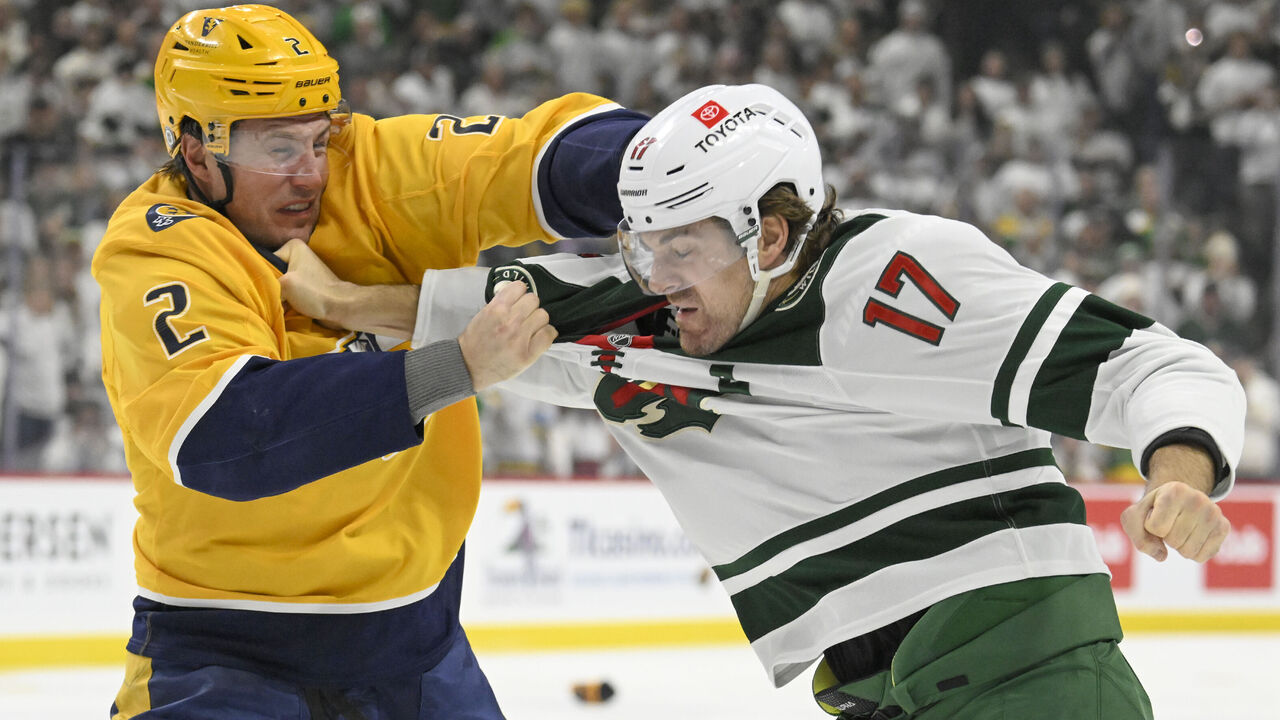
Kyle P. asks: What are players', coaches', and executives' opinions on fighting and its place in the game?
This question casts a very wide net! I can share some data and one opinion.
The NHL's had 108 fights in 457 games this season, according to HockeyFights.com. That's a fight in 23.6% of all games, or roughly one fight every fourth contest. This is normal. Fighting rates have stabilized over the past five seasons, with each campaign landing between 22.6% and 25.5%.
So, while fights are less pervasive than in the truculent 1980s and '90s (1.1 fights per game in 1987-88!), combatants are still throwing down regularly.
"There's a lot less staged fighting," Maple Leafs defenseman Chris Tanev told theScore last week. "When I first started, there were a ton of heavyweights and guys who were killers. They were going to fight each other most of the time, regardless of the situation. That's (left) the game, for the most part. There's a lot of skilled players, and maybe the style of the game has just changed a bit, in general. But I still think (fighting is) still part of the game."
Tanev should have a fairly balanced perspective. He's dropped the mitts just twice since breaking into the NHL in 2010, yet he's far from a "soft" player. Teammates and fans love his fearlessness. He's a shot-blocking machine.
Tanev believes fighting serves two purposes: It allows players to police themselves on the ice, and it strengthens bonds between teammates off it.
"You don't want guys taking liberties against your top players, and whoever we're playing against is thinking the same thing," the 34-year-old said.
"I know people get upset when, after a big, clean hit, there's a fight," Tanev added. "But, if Mitch (Marner) or someone gets hit pretty hard, the team is not going to be happy, right? Usually, there's going to be some type of response. I think that's still alive and well in the game and definitely a good part of the team culture. It brings everyone together and builds that camaraderie."
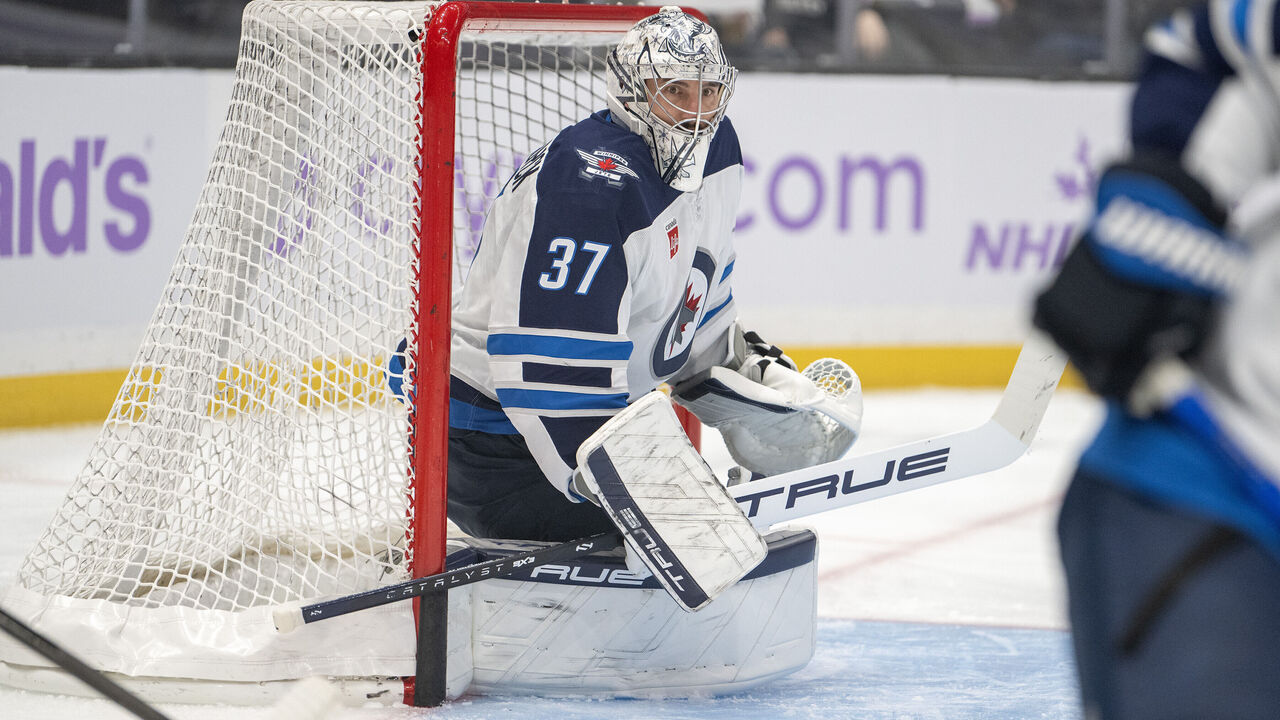
Nate asks: Why have the Jets been rewarded for doing nothing? How did they get worse on paper but win 11 of their first 12 games this season?
Nate submitted this question a while back. The Jets, whose 15-1-0 start set an NHL record, have cooled off. They're now a less ridiculous 21-9-0.
The spirit of the question is still relevant. Why has Winnipeg been rewarded with the third-highest points percentage after losing two top-six forwards and a top-four defenseman (Sean Monahan, Tyler Toffoli, and Brenden Dillon)?
Connor Hellebuyck, the best goalie on the planet, is trending toward his third Vezina Trophy (and second in a row), and the power play ranks second in the league in success rate (30.4%) and efficiency (11.7 goals per 60 minutes). Dominating in those two areas for 30 games is going to raise a team's ceiling.
Dynamic winger Nikolaj Ehlers - who's currently sidelined with a lower-body injury - has averaged a point per game despite skating for only 15:33 a night. It's also a luxury for coach Scott Arniel to have a wholly reliable third line; the trio of Adam Lowry, Mason Appleton, and Nino Niederreiter has outscored the opposition by a whopping 11 goals (16-5) across 300 five-on-five minutes.
The Jets did a lot of wheeling and dealing in previous years, and now those pieces - Niederreiter, Gabriel Vilardi, Neal Pionk, etc. - are fully integrated. The roster's average age is 28 years old, which means it's filled with guys in their primes. The oldest regulars, just 32, remain useful. All of this breeds chemistry.
I think, in general, we as fans and media underestimate the value of continuity.
That said, general manager Kevin Cheveldayoff should acquire a second-line center. While Vlad Namestnikov's been fine, he's better suited for fourth-line duty. The club, which also needs an upgrade on defense, could have upwards of $9 million in cap space around the trade deadline, according to PuckPedia.
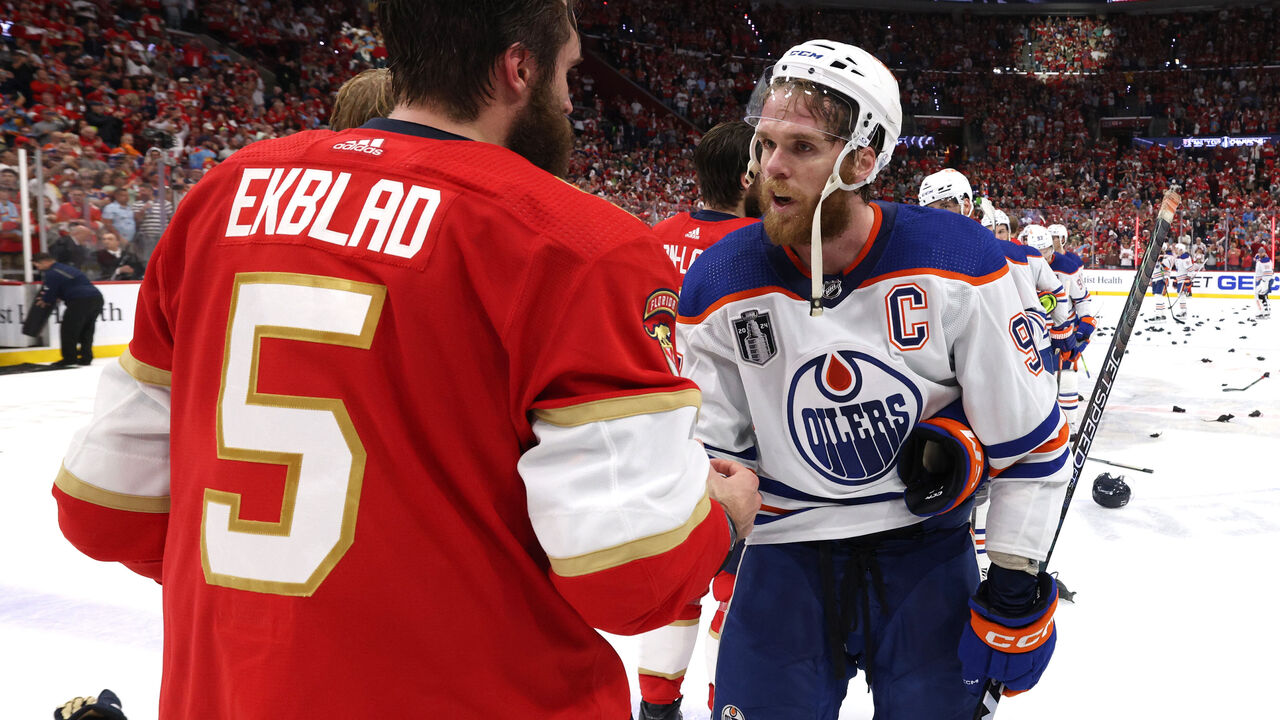
Derek S. asks: With the second NBA in-season tournament underway, it makes me wonder about an NHL IST. I know deputy commissioner Bill Daly tried to kibosh the idea last year, but it's a matter of when, not if, in my opinion. Money talks, and as soon as there's a big enough sponsor paying for naming rights, the owners and players will be on board. Done right, the IST would give teams out of the playoff race something to play for. What do you think are the right incentives to make it worthwhile for all involved?
Derek's email mentioned a couple of potential incentives - the winning team being awarded an extra $1 million in salary cap space or a high draft pick.
He's clearly thought this through and developed strong ideas. While I agree that money talks, I'm not convinced an in-season tournament is in the NHL's future - its near future, anyway. Revenues continue to grow at a nice pace, and the league has stated it isn't even interested in adding postseason play-in games. My hunch: no in-season tournament during Gary Bettman's final stretch as commissioner. The next boss might think differently. Who knows.
I brought up the IST idea to an NHL All-Star. He immediately shook his head.
Players don't want any more playoff-like games on the schedule, he said. There's already too much wear and tear on the body en route to Game 1 of the postseason. Also, an IST would generally distract from the march to the Stanley Cup, the only thing players care about. Think about the Presidents' Trophy, the player said - who truly cares about winning it? Absolutely no one.
That's just one take among more than 700 NHLers. Many would disagree.
Something to keep in mind, though, is the NHL Players' Association is laser-focused on international tournaments like February's 4 Nations Face-Off and future Olympics. Similar to the league, an IST isn't a priority right now.
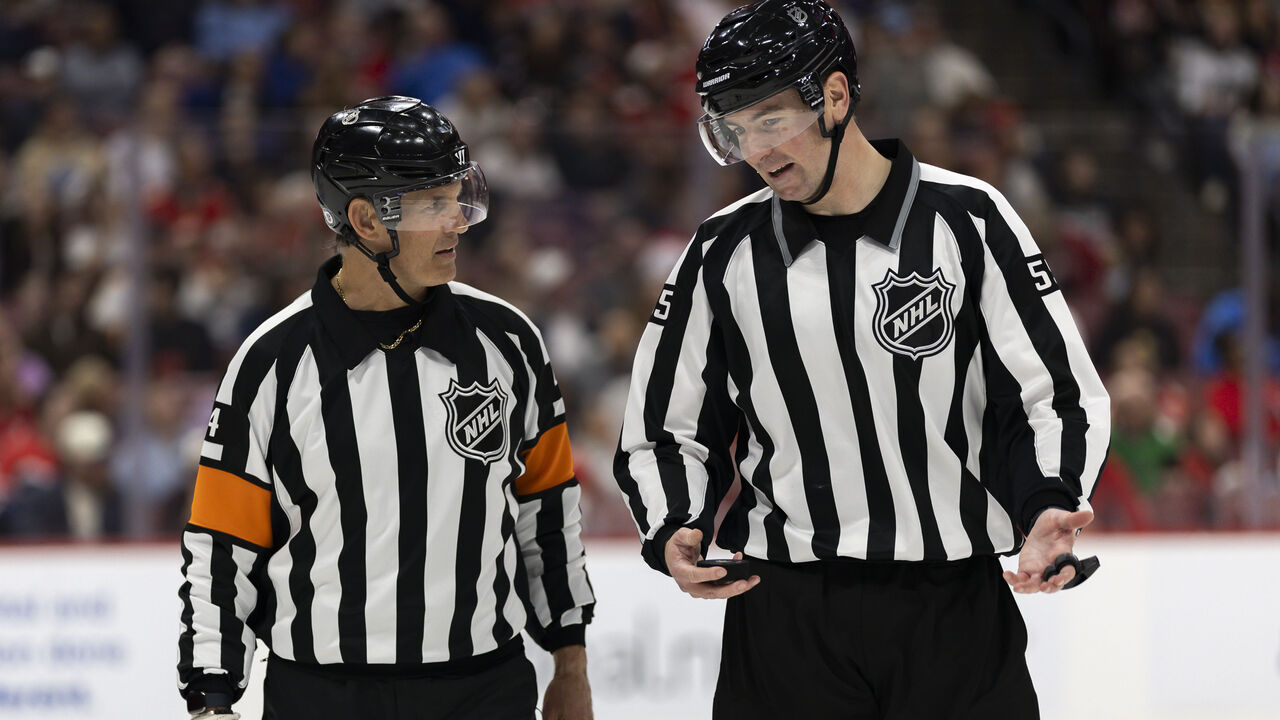
Jalen J. asks: I'd love to find out how the travel schedule works for referees and linesmen. How much time do they spend at home compared with on the road during the season? How far in advance do they get their schedules?
Josh H. asks: How many on-ice officials are employed by the league? Do they rotate between being a linesman and ref? Do they travel the same as players? How many games do they work during the 82-game schedule? How do they get chosen during playoffs - quarterfinals, conference finals, Cup Final, etc.?
I'm fascinated by on-ice officials, too. After revisiting my reporting for a 2019 in-depth feature on them, checking in with former NHL referee Tim Peel, and a bit of research, I can answer Jalen's and Josh's questions pretty confidently.
Forty-four referees and 39 linespersons (the proper term) are listed in the league's 2024-25 officials media guide. Thirteen of them are essentially prospects; they're on NHL contracts but mostly call games in minor leagues.
Officials on average call three games a week and spend around 185 days on the road each season. They fly commercial and do their own laundry. Peel - an NHL ref for more than two decades until a hot-mic incident in 2021 led to his dismissal - notes that he racked up about 4,000 nights at Marriott hotels.
Officials typically receive game assignments in two-month chunks, Peel said. Why? One injury can throw off everybody's schedule. Assignments, especially toward the end of the regular season, also can be heavily influenced by performance. Only the top-performing officials get work in the playoffs, and that list of working officials is trimmed down as the postseason wears on.
The NHL and its officials association have a collective bargaining agreement outlining compensation, among many other things. As of 2019, refs earned $190,000-$400,000 a year and linespersons earned $125,000-$250,000 a year.
"The top-end guys now are closer to $500,000," Peel reported. "They're very well taken care of. I was, too, over my career. It's a good living - there's no denying that. There's a benefit package and a pension, all of that."
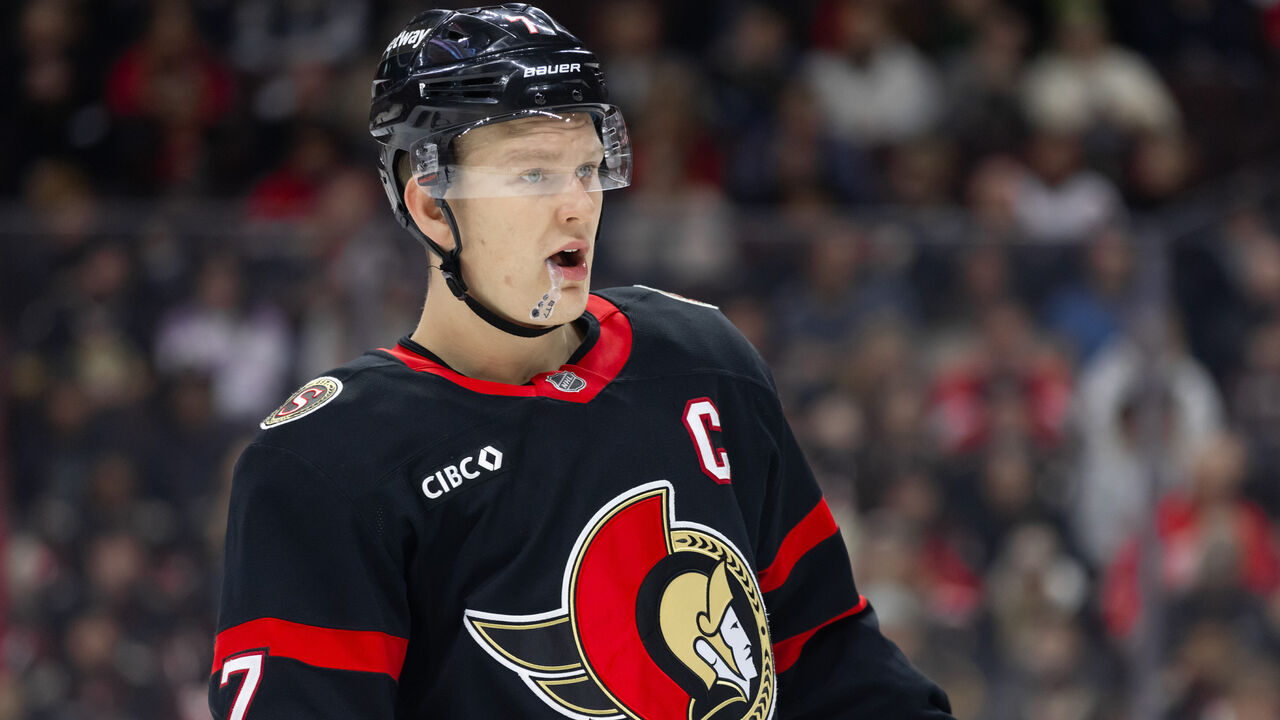
Rahul K. asks: What will it take for the Senators to finally "get over the hump" and become a playoff team again?
The Senators haven't made the postseason since 2017 and currently sit two points out. Some nights they look like a playoff team. Others, not so much.
The 13-13-2 club boasts a new owner (September 2023), new GM (December 2023), new head coach (May 2024), and new starting goalie (June 2024). The natural next step is to significantly alter the skater group - and I'm not talking about moving captain Brady Tkachuk to the Rangers.
That's easier said than done for GM Steve Staios, and honestly, I like the look of Ottawa's lineup when everyone's healthy. Injuries to veterans David Perron and Artem Zub have thrown lines and pairings for a loop all season, and mediocre goaltending from Linus Ullmark and Anton Forsberg hasn't helped.
Thomas Chabot is the one long-term piece I'd consider moving. The trade would be less about the mobile blue-liner and more about shaking up the core. The hard part would be finding a trade worth making (the Sens want to win now) and navigating Chabot's 10-team no-trade clause.
What do you want to know, hockey fans?
There are three ways to submit a question for future editions of NHL Inbox:
Comment on this article in theScore mobile app
Email senior NHL writer John Matisz at [email protected]
Shoot John a message on Twitter/X (@matiszjohn)
HEADLINES
- 'Cheese on the ice': Thompson overcomes tossed nachos in victory
- Report: Devils, Hurricanes in talks with Canucks about Miller
- Shesterkin goes after Tkachuk during scuffle between Rangers, Senators
- Top Shelf: McDavid's suspension, J.T. Miller trade scenarios, and more
- Zegras returns from 22-game absence vs. Panthers